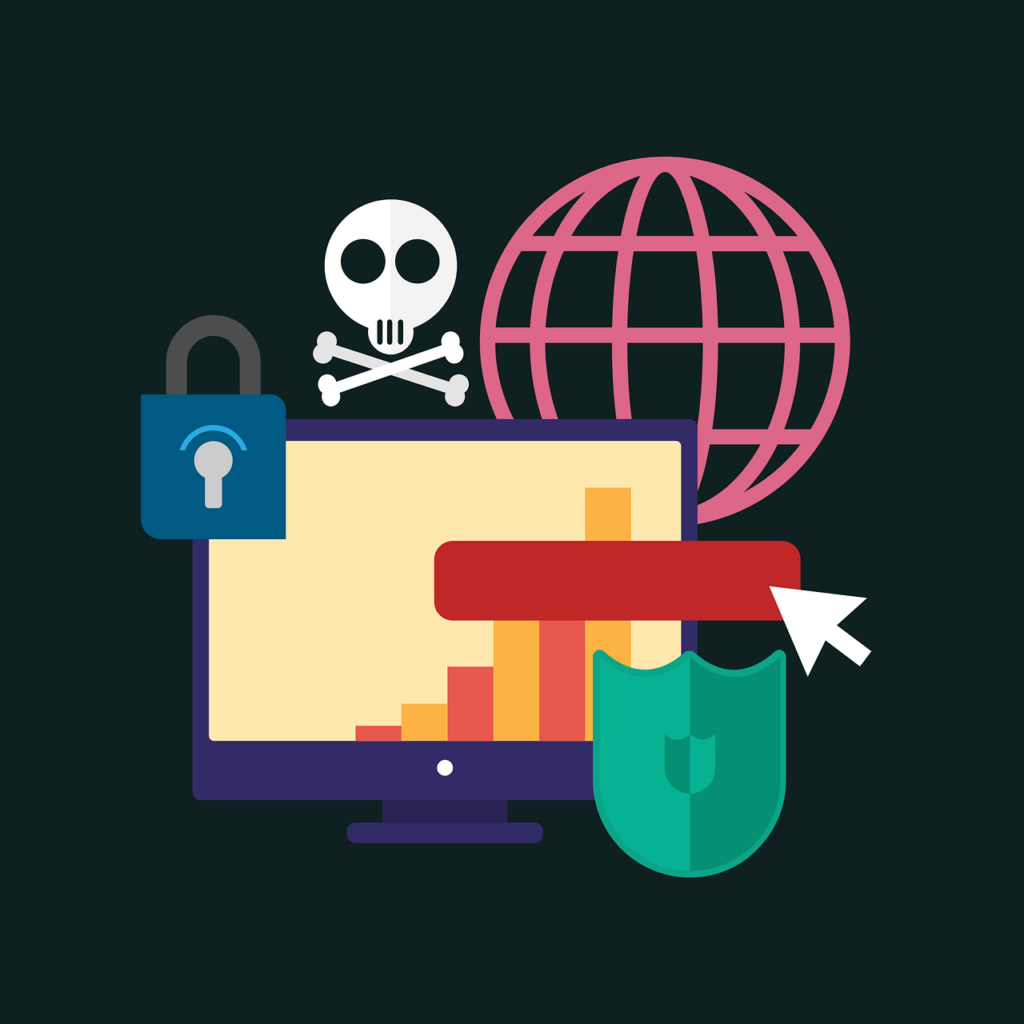VAPT Cost & Pricing Estimates
Determining the cost of Vulnerability Assessment and Penetration Testing (VAPT) can be influenced by various factors, including the scope of testing, the complexity of the environment, and the level of expertise required. It’s important to note that VAPT costs can vary significantly based on the specific needs of the organization and the chosen service provider. Here are key factors to consider when estimating VAPT costs:

1. Scope of Testing:
- The extent of the assessment, including the number of systems, applications, and network components in scope.
- The complexity of the environment, such as the presence of cloud services, mobile applications, and third-party integrations.
2. Testing Methodology:
- Whether the assessment includes both Vulnerability Assessment and Penetration Testing or focuses on one of these aspects.
- The depth of testing, ranging from automated scans to manual testing and exploitation.
3. Frequency:
- The frequency of testing, such as one-time assessments, periodic assessments, or continuous testing integrated into the development lifecycle.
4. Regulatory Requirements:
- Compliance standards that may impact the depth and breadth of testing. For example, PCI DSS, HIPAA, or GDPR compliance may require specific testing methodologies.
5. Size of the Organization:
- The size of the organization and its infrastructure, as larger organizations with more extensive networks and applications may incur higher costs.
6. Type of Systems:
- The type of systems being tested, including web applications, mobile applications, network infrastructure, or a combination of these.
7. Service Provider Expertise:
- The level of expertise and reputation of the VAPT service provider. Highly skilled and reputable providers may charge higher fees.
8. Reporting and Documentation:
- The depth and detail of the final report, including the level of documentation and remediation guidance provided.
9. Post-Assessment Support:
- Whether the service provider offers post-assessment support, including assistance with remediation efforts and follow-up assessments.
10. Geographical Location:
- Regional differences in labor costs may influence the overall pricing, especially if the VAPT service provider is located in a high-cost region.
11. Customization and Special Requirements:
- Any additional customization or special testing requirements may result in increased costs.
12. Legal and Compliance Considerations:
- Costs associated with legal agreements, liability insurance, and compliance with legal and ethical standards.
13. Integration with CI/CD Pipeline:
- If VAPT is integrated into the continuous integration and continuous deployment (CI/CD) pipeline, additional considerations may impact costs.
14. Training and Awareness Programs:
- Costs associated with providing training and awareness programs for internal teams based on the findings of the VAPT.
15. Follow-Up Assessments:
- The need for follow-up assessments to verify the effectiveness of remediation efforts.
16. Emergency Response Fees:
- Consideration for emergency response fees if critical vulnerabilities requiring immediate attention are identified.
It’s recommended to obtain quotes from multiple reputable VAPT service providers, considering the factors mentioned above. Pricing models may include fixed fees, hourly rates, or a combination based on the complexity of the engagement. Additionally, negotiating a service-level agreement (SLA) and clearly defining the scope of work can help avoid misunderstandings and unexpected costs.